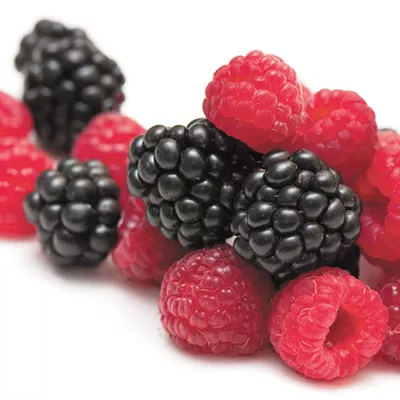Celery root, or celeriac, is a winter root vegetable native to Northern Europe and the Mediterranean. With a taste similar to celery stalks and flesh similar to that of a potato, this root veggie is packed with fiber and nutrients.
Attributes
The vegetables celeriac and celery are from the same plant, as the name suggests, with celeriac varieties being cultivated to harvest the roots and celery for the stalks. Celeriac is rich in many key nutrients and can be enjoyed both cooked and raw. Peak season for celeriac is over the winter, with best availability from September through April. That makes this bulbous root veggie a great source of nutrients during these long, cold Inland Northwest winters.
Superpowers
High in fiber, vitamin K, potassium and phosphorus, celeriac is delicious in soups, sauteed or mashed, and packs a juicy refreshing crunch if eaten raw. Cooked celeriac contains less than half the carbohydrates of potatoes, while boasting similar fiber content. Fiber is an important part of any diet, keeping your gut microbiota fed and healthy. Raw celeriac is packed with antioxidants, including vitamin C. This pairs well with iron-rich foods like leafy greens or lentils, since vitamin C helps your body absorb non-heme iron. Another important nutrient found in celeriac is vitamin K, which has been linked to improved heart, bone and brain health.
Weaknesses
While celeriac is an incredibly versatile and healthy veggie, some nutrients are lost during the cooking process. In particular, heat often breaks down vitamin C and antioxidants, and reduces levels of other nutrients. If antioxidants are important to you, try eating celeriac raw, or steam it to preserve more nutrients than boiling. Although heat breaks down antioxidants, it's also worth noting that cooking celeriac does help to reduce carbohydrate content and makes the veggie more digestible.
How to Use It
With a mild sweet celery flavor, celeriac can be prepared as the star of the show, like in a rich and creamy celeriac soup, or as a side dish, such as a warm Mediterranean slaw. To make it as a soup or mash, first boil or steam peeled cubes of celeriac. Celeriac can also be made as a simple sauteed veggie by combining cubes with a little olive oil, herbs and spices, and sautéing until golden brown. Finally, celeriac can be eaten raw – just peel and grate or julienne, then combine with a squeeze of lemon and some salt and pepper. Whether you choose to prepare this versatile veggie in a hearty winter soup or as an extra crunch on a summery salad, it's unique flavor and nutrients are sure to bring smiles to your table.
Stacey Aggarwal received a Ph.D. in pharmacology from the University of Washington. Now she writes about biology, health and nutrition while running a lavender farm in North Idaho.




















